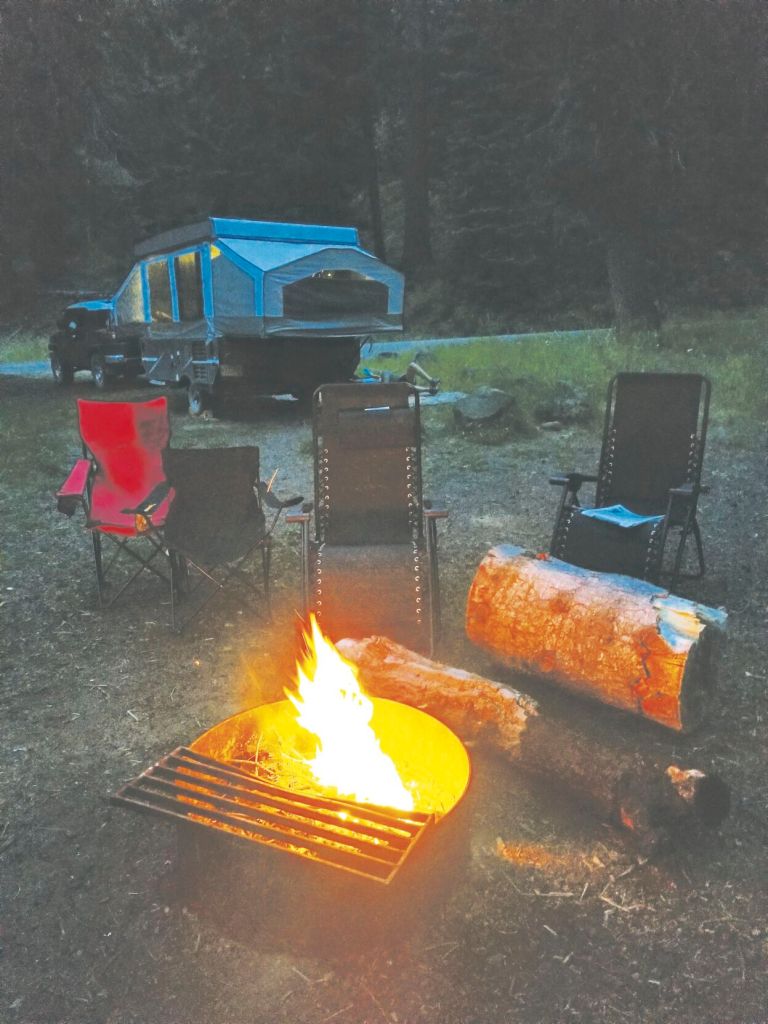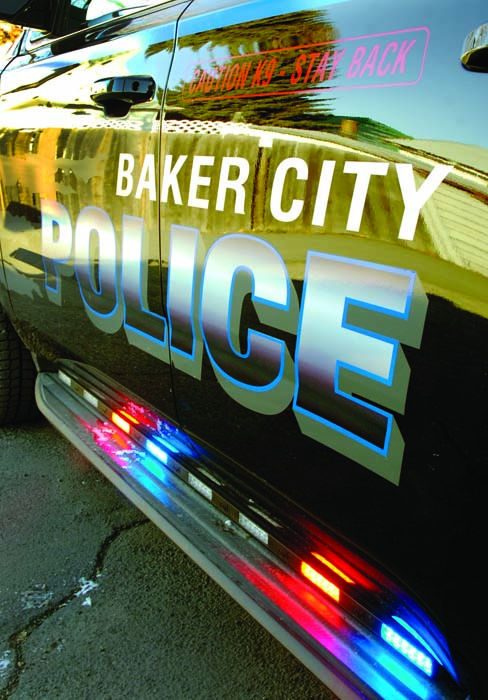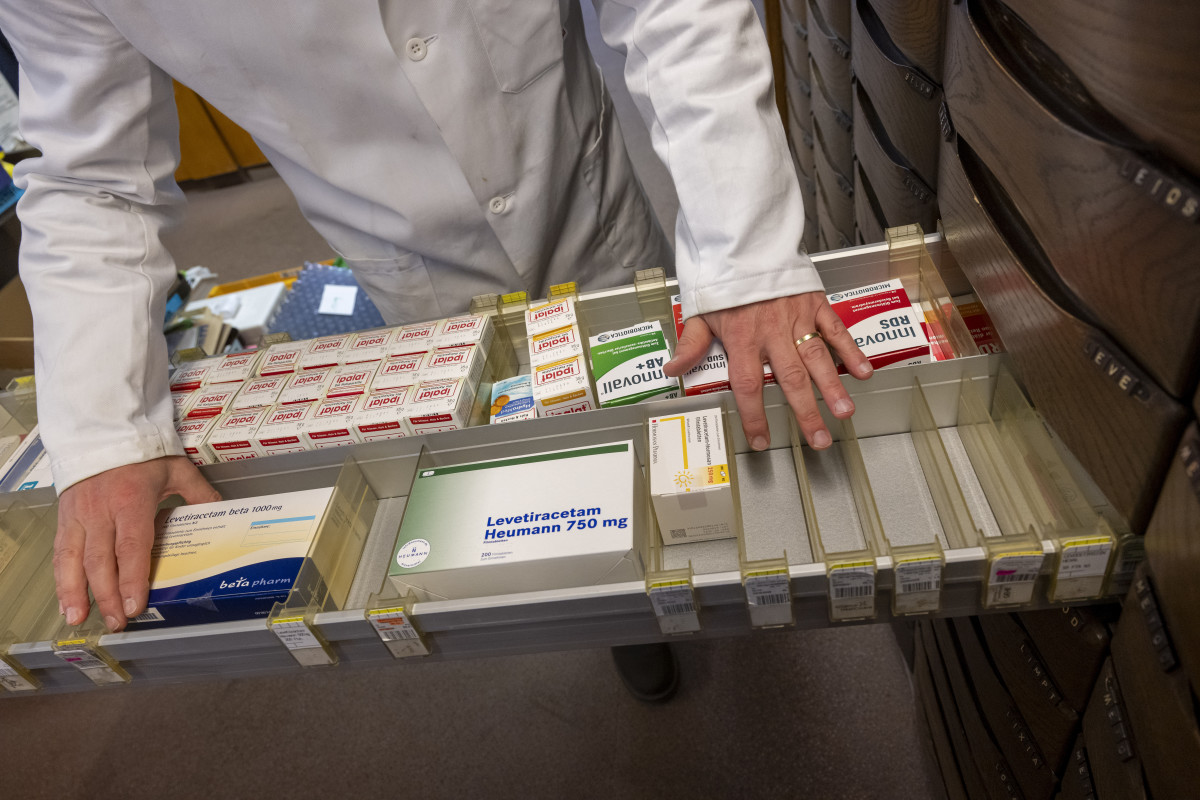Forest Service reminds visitors about campfire safety
Published 8:00 am Tuesday, June 14, 2022

- National forest campers should use metal fire rings when they're available, as is the case at most development campgrounds. Campfires are banned on the BLM's Vale District.
U.S. Forest Service officials are reminding visitors to the Wallowa-Whitman, Umatilla and Malheur national forests to follow precautions when building campfires.
Trending
All campfires should be in a fire pit surrounded by dirt, rock or a metal ring, in areas cleared of all flammable material within a three-foot radius from the edge of the pit, and free of overhanging material.
Campers should also carry a shovel and at least one gallon of water while building and tending campfires. These guidelines apply to the use of charcoal briquettes as well.
Although lightning starts most wildfires in the Blue Mountains, human-caused fires are unpredictable and can stretch firefighting resources thin, especially when lightning-caused fires require firefighters’ attention at the same time.
Trending
As fire danger levels increase this summer, the three national forests in the Blue Mountains will announce Public Use Restrictions, also known as PURs, which limit the use of campfires, chainsaws, smoking, and off-road motorized travel. PURs are imposed in phases, based on increased fire danger, hot and dry weather conditions, and concern for public safety.
Forest officials recommend the following campfire safety precautions:
• Only adults should build and maintain campfires.
• Find a shady spot away from dry logs, overhanging branches, bushes, needles, or leaves.
• Use existing fire rings where it is safe to do so. Don’t build fire-rings in roads. (Note: within the Grande Ronde Scenic Waterway, campfires must be contained in a fireproof container (such as a fire pan) with sides tall enough to contain all ash and debris, and all ashes and debris must be removed from the river corridor. Do not use or construct fire pits or rock fire rings within the Scenic Waterway.)
• Keep campfire rings small and use wood no bigger than the ring.
• Keep tents and other burnable materials away from the fire.
• Never leave a campfire unattended. Those leaving campfires unattended can be billed for the cost of fire suppression.
• Drown the campfire with water and stir charred material.
• When leaving, make sure your fire is dead out. Very carefully feel all sticks and charred remains. Make sure no roots are smoldering. If it’s too hot to touch, it’s too hot to leave.









